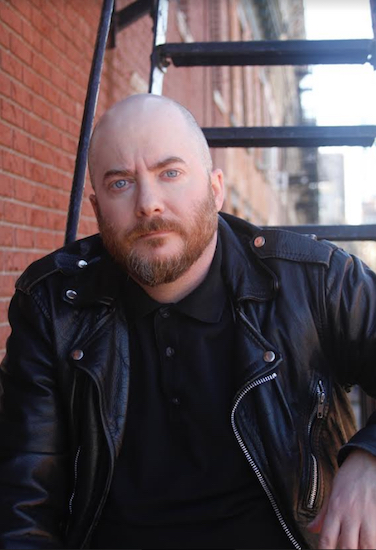Author takes a nostalgic look at pre-gentrification Brooklyn

Author and practicing psychoanalyst Jeremiah Moss maintains a blog called “Jeremiah’s Vanishing New York” where he chronicles the shuttering of popular small businesses in rapidly gentrifying areas of New York City. Many of these beloved supermarkets, bodegas and restaurants are located in Brooklyn.
After observing and painstakingly documenting the sea of change that has occurred in New York for the past decade, Moss has a written a book called “Vanishing New York: How a Great City Lost Its Soul.” According to Moss, New York has long been a destination for rebels and rule breakers, artists, writers, and other hopefuls longing to be part of its rich cultural exchange and unique social fabric. But today, modern gentrification is transforming the city from an exceptional, iconoclastic metropolis into a suburbanized luxury zone with a price tag only the one percent can afford.

Brooklyn Boro
View MoreNew York City’s most populous borough, Brooklyn, is home to nearly 2.6 million residents. If Brooklyn were an independent city it would be the fourth largest city in the United States. While Brooklyn has become the epitome of ‘cool and hip’ in recent years, for those that were born here, raised families here and improved communities over the years, Brooklyn has never been ‘uncool’.